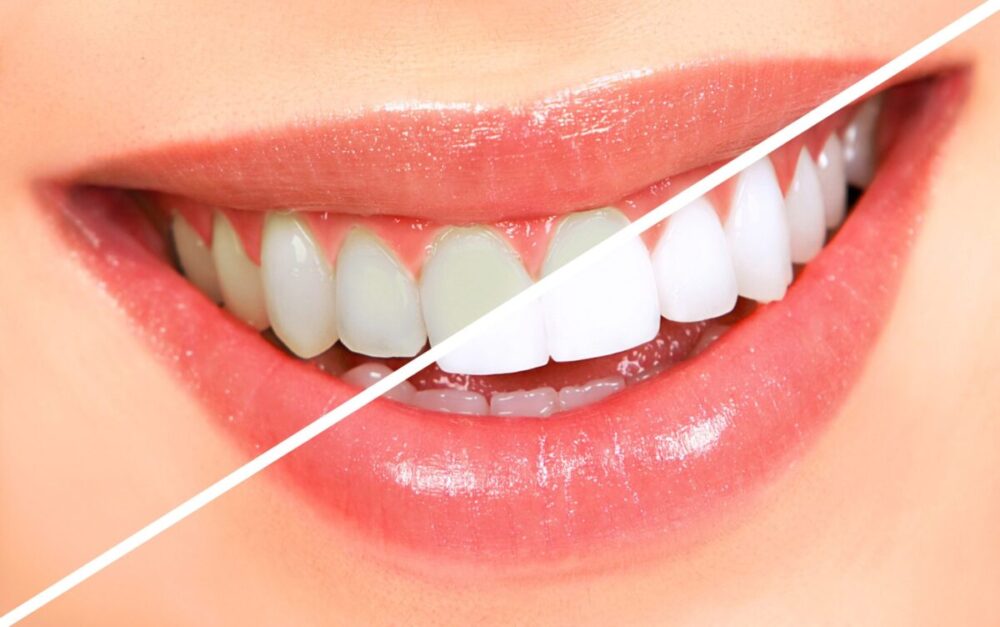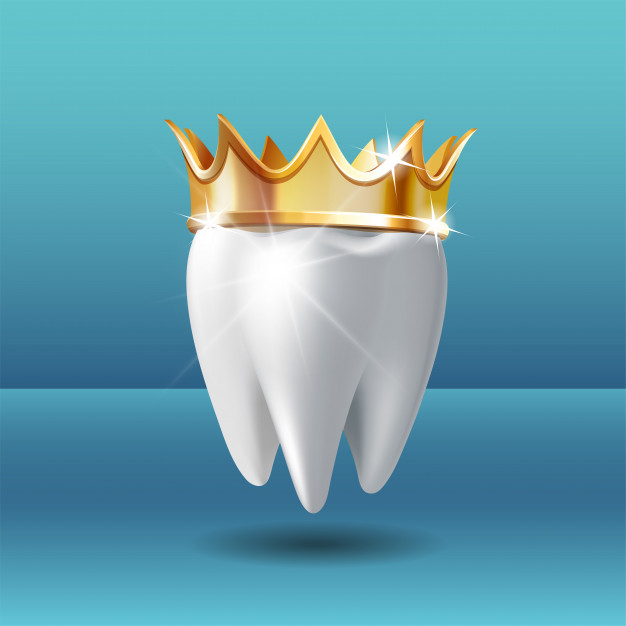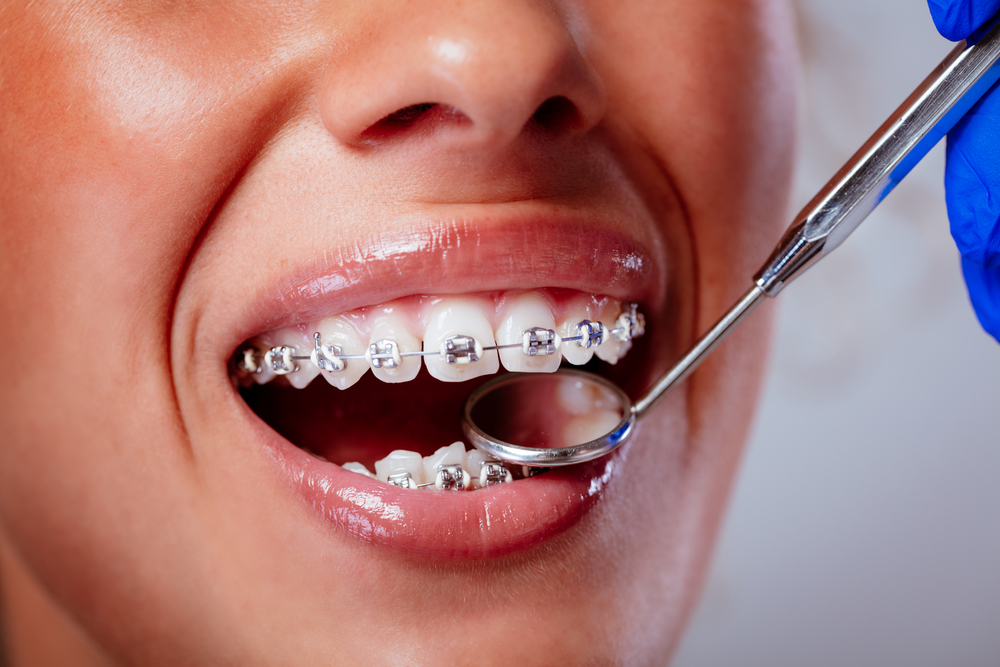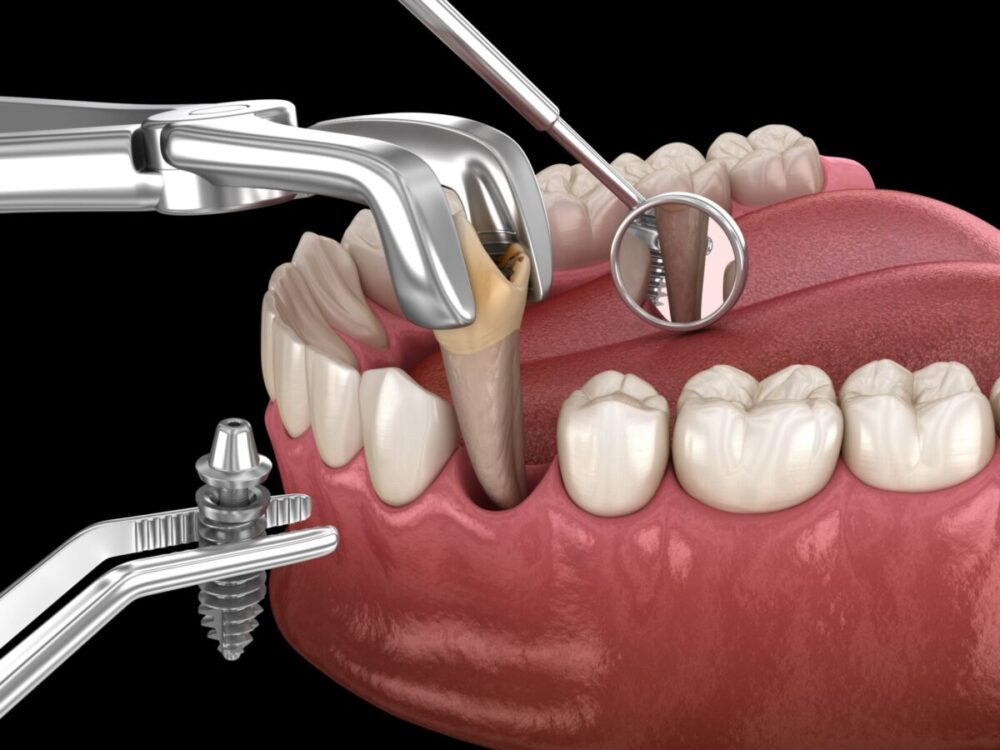
As technology and medical knowledge advance, the range of dental treatments available can be dazzling. Understanding the differences and advantages of each treatment can help you decide on the right treatment tailored to your needs. Here, we explore various dental treatments, explaining why you might choose one over another, especially if you’re tech-savvy and health-conscious.
Teeth Whitening vs. Veneers: Brightening Your Smile

Teeth whitening and veneers are popular choices to brighten your smile, each serving distinct needs. Teeth whitening is best for those who have healthy, unrestored teeth and are looking for a cost-effective way to enhance their smile. This treatment is particularly suitable for removing surface stains caused by food, drinks, or smoking, and the results can be seen quickly, often within a few sessions.
On the other hand, veneers are thin, custom-made shells crafted of porcelain or resin that cover the front surface of the teeth. They not only brighten the teeth but also camouflage minor orthodontic problems, chips, or deep discoloration that teeth whitening cannot address. While more expensive, veneers offer a more dramatic transformation and are a long-term solution.
Dental Crowns vs. Inlays and Onlays: Restoring Your Teeth

Understanding the types of dental crowns and how they compare to inlays and onlays can guide patients towards the best treatment for tooth restoration. Dental crowns are prosthetics that cover the entire tooth and are used when a substantial amount of the tooth’s structure has been lost or after significant procedures such as a root canal.
They help to strengthen and protect the tooth while restoring its original shape and function.
In contrast, inlays and onlays are used when the tooth damage is not extensive enough to warrant a full crown. Inlays fill the space in between the cusps, at the center of the tooth’s surface, while onlays cover one or more cusps. These are particularly chosen for their preservation of the original tooth structure and are often made from tough, tooth-colored materials.
The choice between crowns, inlays, and onlays often depends how much tooth decay there is and the amount of tooth remaining, as well as patient and dentist preference for certain materials. It may even depend on your insurance as to what type of material is covered.
For instance dental insurance in Indiana might cover porcelain crowns but not ones with metal alloys. While insurance in other states like Texas or Florida could have more options.
Braces vs. Clear Aligners: Straightening Your Smile

Orthodontic treatments like braces and clear aligners help to correct misaligned teeth and narrow jaws, improving both oral function and aesthetics. Traditional braces have their metal brackets and wires, and are highly effective in treating many complex orthodontic issues.
They offer the ability to handle severe crowding, spacing, and alignment problems, making them a suitable choice for both children and adults who require significant orthodontic intervention.
Clear aligners, on the other hand, are a more modern solution that appeals particularly to adults and teens seeking a less noticeable alternative. These custom-made, transparent plastic trays are nearly invisible when worn and can easily be removed during meals and brushing.
While clear aligners are fantastic for mild to moderate teeth straightening, they require a high level of commitment as they must be worn for 22 to 24 hours a day to be effective. The choice between braces and clear aligners often hinges on the severity of alignment issues, lifestyle considerations, and personal preferences for aesthetics and comfort.
Root Canals vs. Extractions: Preserving or Removing Problem Teeth

When dealing with severe tooth decay or infection, the decision between a root canal and an extraction can be critical. A root canal is a specific treatment used to repair and hopefully save a tooth that is badly decayed or infected.
During a root canal at the dentist, the nerve and pulp are removed, and then the inside of the tooth is cleaned and sealed. This treatment not only saves the tooth but also prevents the spread of infection to other teeth. It is often preferred because it maintains the tooth’s natural appearance and avoids the problems associated with tooth loss.
In contrast, an extraction involves the complete removal of a tooth. This might be necessary when a tooth is too badly damaged to save or when there is a risk of serious infection.
While extractions can sometimes be the more straightforward and less expensive option, they also require considering long-term replacements, like implants or bridges, to avoid further dental issues. Patients might choose extractions over root canals if the tooth is not viable for restoration or if they prefer a more definitive solution to chronic dental problems.








